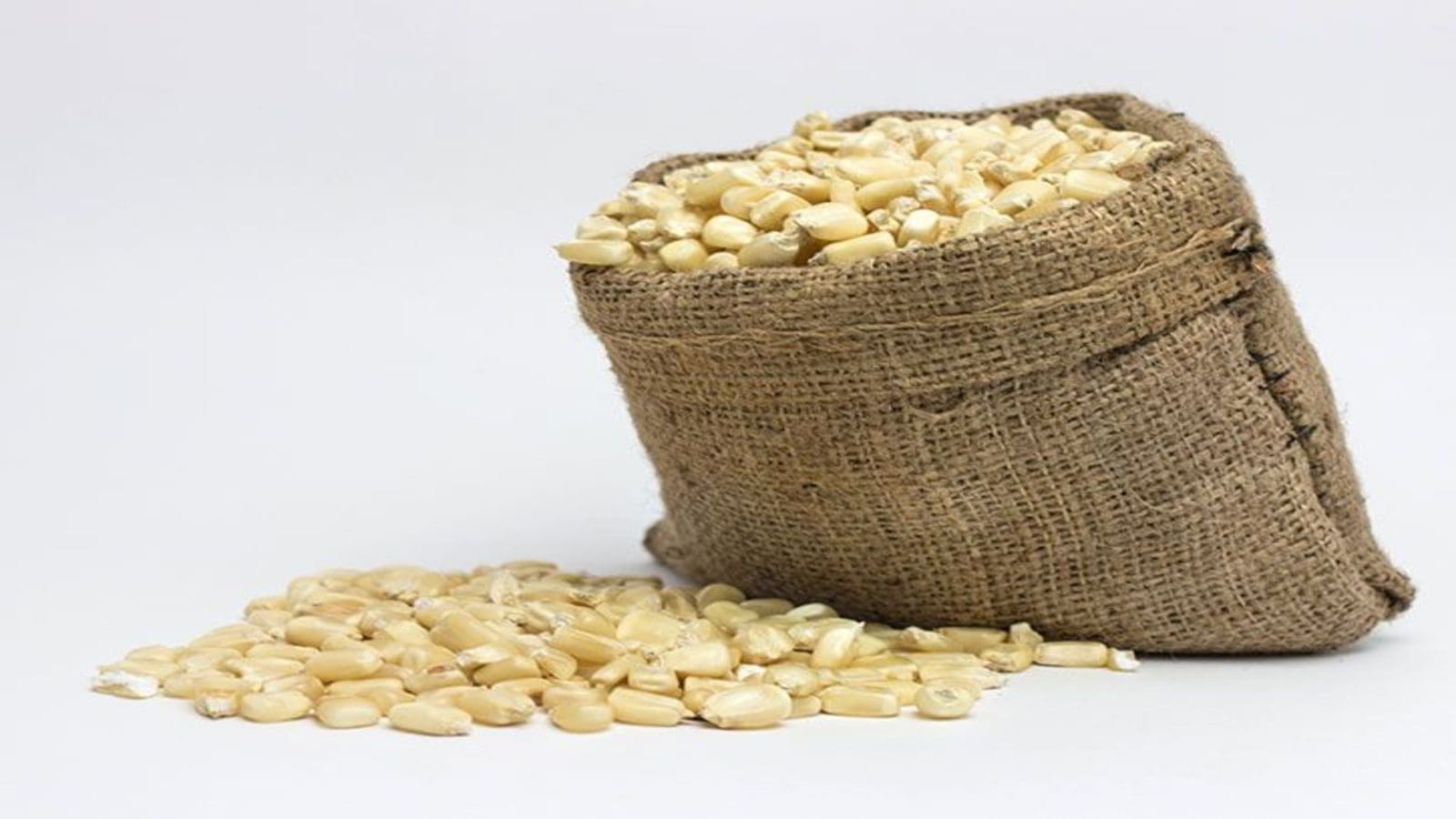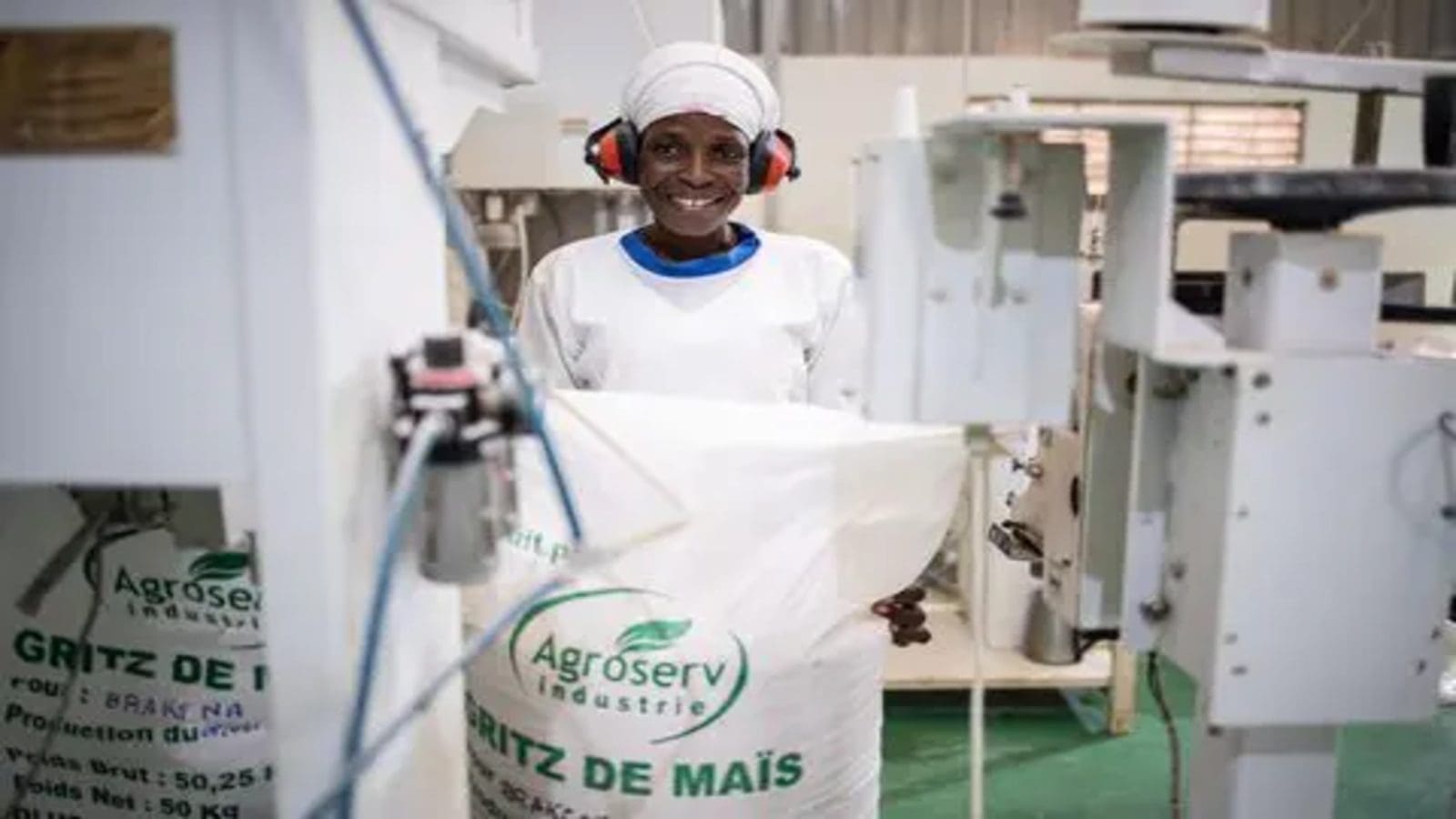MALAWI – Maize retail prices in Malawi hit a record high in the period between January and February 2023 underpinned by low production and acute shortage in the state’s reserve stocks, International Food Policy and Research Institute (IFPRI) has reported.
The report indicates that maize prices have increased by 24% month-on-month to an average of K633 (US$0.63) per kilogram (kg). The report also highlights that the rise is 237% higher compared to the same period in 2022.
According to IFRI data, the highest average retail price [700 per kg] was reported in Chiringa, Mpondabwino, and Mbayani markets and the lowest price [K531 per kg) was reported in the Mzimba market.
Rumphi market recorded 44%, the highest increase in average retail maize prices between the end of January 2023 and the end of February 2023.
However, the data shows that prices remain highest in the Southern Region at K 646 per kg, seven percent, and 24 percent higher than in the Centre (K602 per kg) and the North (K519 per kg) respectively
Bernard Mphepo, the economic governance program officer noted that maize, as part of the food component, has a huge weight at 45.2 % in the consumer price index, an aggregate basket of goods and services for computing inflation.
The Malawian government has a long history of supporting maize production with two major forms of subsidy: fertilizer distribution and maize procurement at a minimum support price.
The Agricultural Development and Marketing Corp. (ADMARC) is the state-owned entity that has been mandated to procure maize from farmers at a minimum support price and store it as a cushion for shortages.
Last month, Admarc said it had exhausted the maize it had in stock in the Central and Southern regions, with the North still having some maize in stock
Ethel Zilirakhasu, Admarc’s acting general manager elaborated that the government gave them 27,600 metric tonnes (MT) of maize mid-last year and they sold over 20 000 MT and were remaining with less than 7 000 MT in stock
However, the government is hopeful that the situation is seasonal following the recent push to increase local production.
Recently, the government in partnership with the World Bank has announced plans to increase the Agriculture Commercialization (Agcom) financing program from US$95 million to US$235 million in a bid to empower more farmers and increase production.
For all the latest food industry news from Africa and the World, subscribe to our NEWSLETTER, follow us on Twitter and LinkedIn, like us on Facebook and subscribe to our YouTube channel










